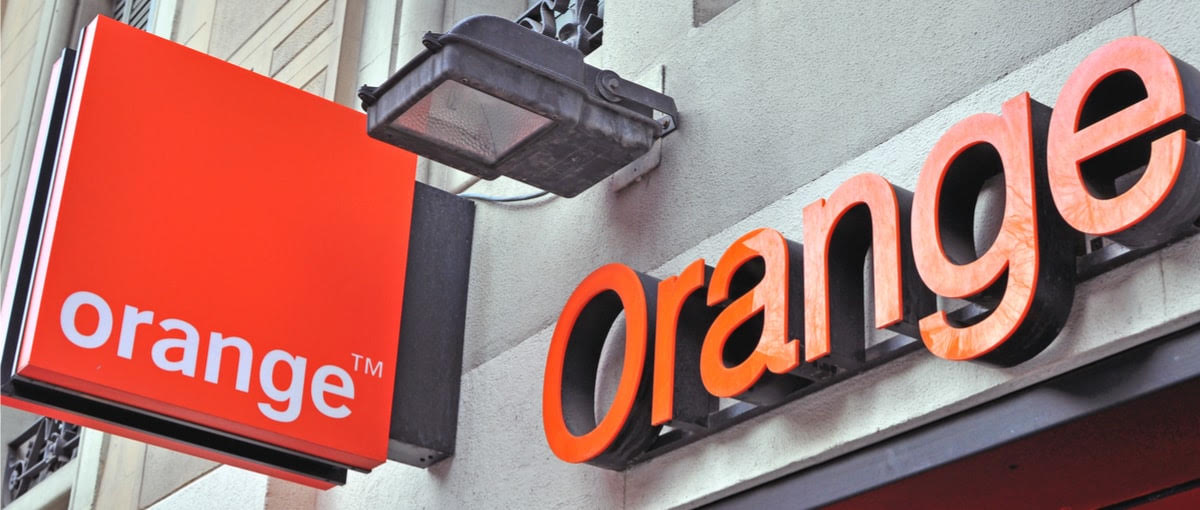Changes in the Orange network. More and more base stations with bandwidth aggregation and faster internet

Orange has just announced another change in its network. Subsequent base stations offer 4G LTE coverage in the 2100 MHz band with bandwidth aggregation.
Mobile operators are doing a lot to improve their reach. This is done not only by putting base stations in new locations, but also by modifying existing ones. In this way, you can increase the bandwidth of the network, which translates indirectly into better transfers.
In the case of the Orange network, one of the changes introduced recently is the use of 4G LTE network in the 2100 MHz band. The orange telekom already at the end of last year began the process of reconfiguration of its base stations with this frequency in mind. Now the operator praised the achievement of another milestone.
4G LTE in the 2100 MHz band from Orange
Telecom representatives today announced on the blog that nearly 4.5 thousand. base stations use 4G LTE in the 2100 MHz band. Only a year ago, this frequency was used to provide services only in the 3rd generation network. Orange decided that the 2100 MHz band prefers to allocate in part to 4G LTE, because here is the risk of a bottleneck.
Such a decision is not surprising. Already 90 percent data transfer at the orange operator is carried out in the 4th generation network. In addition, the spread of VoLTE (Voice over LTE) technology means that more and more voice calls are being made on the 4G network - without having to switch to 3G when receiving calls and making calls.
Aggregation of the band in Orange.
The use of the 2100 MHz band for the 4G LTE network allowed the operator to increase the number of base stations with bandwidth aggregation. Currently, 7,000 of them support this solution. According to Orange, at the beginning of the year, the works were carried out mainly in coastal locations, because there did not disturb the snow, but now the changes are also introduced in other regions.
4G LTE in the 2100 MHz band is now present in such cities as Warsaw, Wrocław, Toruń, Bydgoszcz, Łódź, Poznań, Kraków, Szczecin and Olsztyn, as well as in the Tri-City and Silesia. In addition, in April 2019 Orange launched 4G LTE in the 2100 MHz band at stations where until now the band was only servicing the 3G network in the following cities:
- Masuria: Ełk, Kalinowo, Prostki, Giżycko, Węgorzewo, Kruklanki, Gołdap, Dubeninki, Mrągowo, Mikołajki, Piecki, Olecko, Pisz, Orzysz, Ruciane Nida, Biała Piska;
- Małopolska and Silesia: Myślenice, Lubień, Oświęcim, Andrychów, Kalwaria, Wadowice;
- Lubuskie and Wielkopolska : Sława, Wschowa, Przemęt, Leszno, Gostyń, Kościan, Rawicz, Włoszakowice, Czempiń;
- Lower Silesia: Szklarska Poręba, Oleśnica, Jelcz-Laskowice, Oława, Długołęka;
- Mazowsze: Mińsk Mazowiecki, Celestynów, Tarczyn, Jabłonna, Siedlce, Maków Mazowiecki, and Ostrów Mazowiecki.
Changes in the Orange network. More and more base stations with bandwidth aggregation and faster internet
Comments
Post a Comment